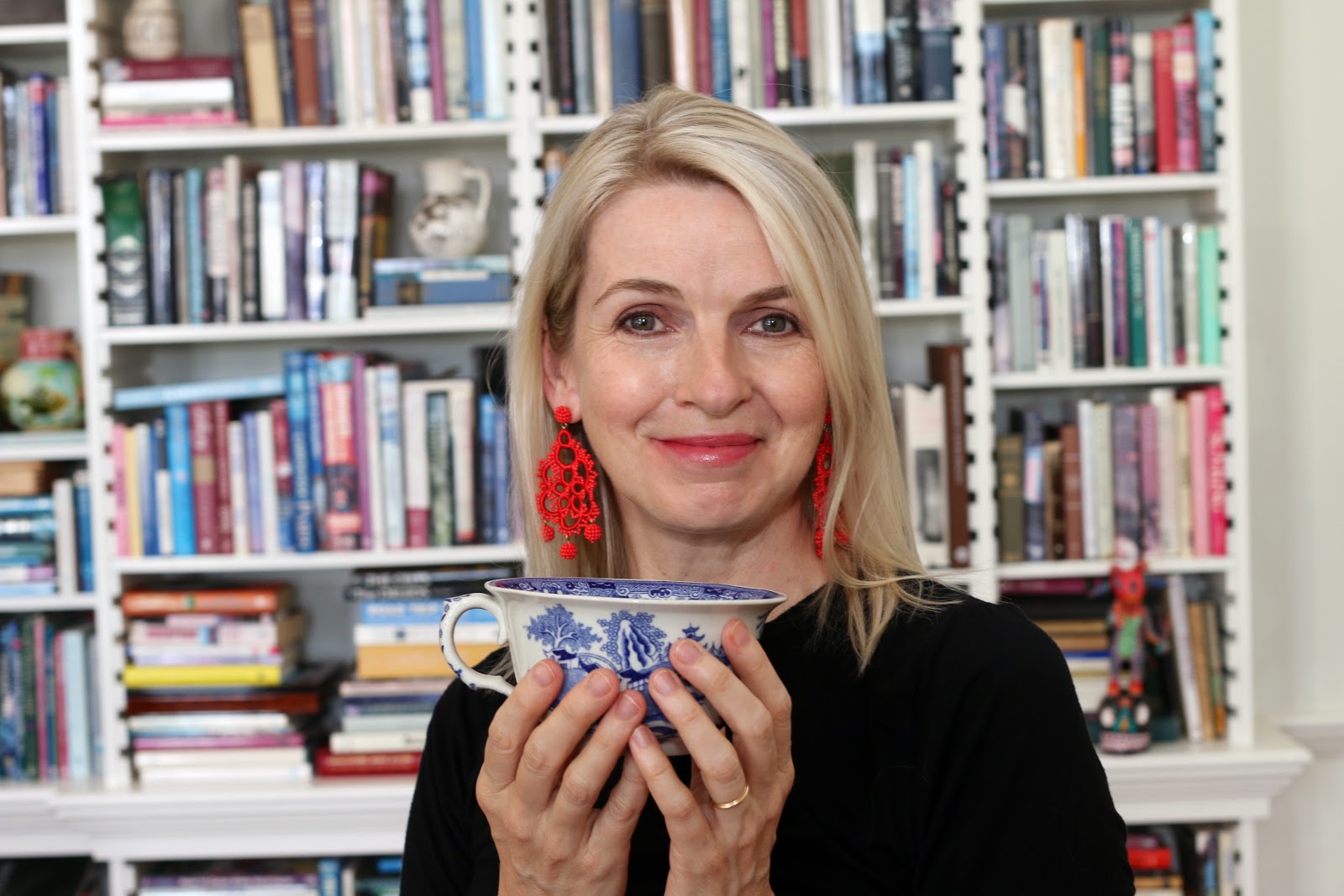Known for its dramatic landscapes, wide-open spaces and beaches, exotic wildlife and sometimes tumultuous history, great wines and bunny chow (yes, it’s a thing), South Africa is a popular tourist destination with a rich history and much to offer. The southernmost country in Africa, it is the largest country in that region and the 25th largest country in the world by land area.
While South Africa does produce black tea (camellia sinensis), primarily in the Eastern Cape Province as that area has the highest rainfall in the country, the country’s total amount of production is small, constituting less than 0.1% of world production in 2008. Black tea production in South Africa has experienced significant financial difficulties, with many of the tea estates having shut down.
The teas that South Africa are best known for, however, and exported around the world are rooibos and honeybush. These herbal, naturally caffeine-free teas are native to and grown exclusively in the Western Cape province of South Africa. Both plants are endemic to South Africa and not grown anywhere else in the world. When it comes to rooibos and honeybush teas, business is booming.

A Mediterranean Climate… and Fynbos
The Western Cape province has a Mediterranean climate, which means it has warm, wet winters under prevailing westerly winds, and calm, hot dry summers. The rest of South Africa is generally arid to semi-arid, with much of the country covered by desert or scrubland, making the Western Cape the most hospitable place for the rooibos and honeybush plants to grow.
Rooibos is usually grown in the Cederberg region, a small mountainous area. The shrubs grow in a fynbos biome, a small belt of natural shrubland or heathland vegetation. The fynbos biome makes up the majority of the area and plant life in the Cape floristic region, one of the six floral kingdoms in the world. Now you know.
In 2012, one of our brokers in South Africa rode with me to a quaint village north of Cape Town, Vanrhynsdorp, which is just at the base of the climbing plateaus of the western Cape. After spending the night there, we climbed atop the plateaus among rolling mists, and I visited a lovely farm called 7 Fontein run by a nice Dutchman and his wife. They took me on a tour of their factory, and I was able to see Rooibos oxidizing in the factory - a slightly sweeter smell than oxidizing tea. At the time, we didn’t carry honeybush as finding a reliable source was difficult, since a majority of it is grown wild.

Rooibos and Honeybush
Rooibos is a legume that grows on shrubs. During the fermentation process, the tea changes from green to red-brown and its flavor is enhanced to have its signature sweet, rooibos aroma. Green or unfermented rooibos tea has higher levels of antioxidants and is not as sweet as red rooibos.
Rooibos is well-known to have many health advantages. Rich in many minerals and antioxidants, it’s a great beverage to incorporate into your daily routine if you’re interested in your overall health. The list of rooibos tea’s many health benefits is long and includes, among other things, boosting your immune system, improving heart health and lowering blood pressure, balancing blood sugar, is good for your liver, intestinal system and skin, is safe for people with kidney stones to drink due to the lack of oxalic acid and many more.
Honeybush carries many similarities to rooibos. It is also a legume, and the tea is made from the leaves of the honeybush plant, so named because the leaves smell like honey. It is somewhat floral and sweet, with a touch of its eponymous flavor. It, too, is chock-full of antioxidants, vitamins and minerals and carries its own impressive list of health benefits, including boosting immunity, improving metabolism, relieving menopausal symptoms, lowering blood sugar levels and more.
Harney & Sons carries a wide selection of rooibos tea, including Organic Rooibos, a Rooibos Chai, our blended African Autumn, and many others. While you’re at it, give our Pure Wild Honeybush tea a try as well for the full South African experience.





1 comment
Pierre HUGOT
Best way to drink Rooibos…with a dollop of honey and a spot of lemon just to dim the colo(u)r. :)
Best way to drink Rooibos…with a dollop of honey and a spot of lemon just to dim the colo(u)r. :)